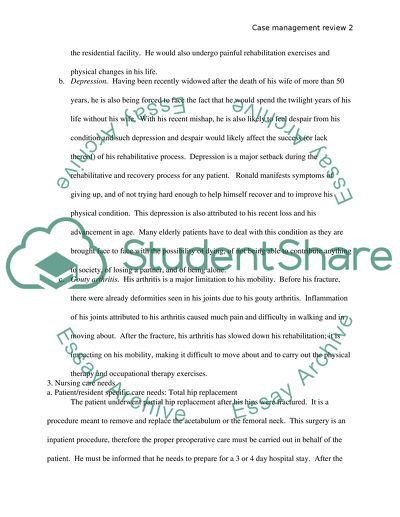Cite this document
(“Management Essay Example | Topics and Well Written Essays - 1500 words - 5”, n.d.)
Retrieved from https://studentshare.org/environmental-studies/1416788-case-management
Retrieved from https://studentshare.org/environmental-studies/1416788-case-management
(Management Essay Example | Topics and Well Written Essays - 1500 Words - 5)
https://studentshare.org/environmental-studies/1416788-case-management.
https://studentshare.org/environmental-studies/1416788-case-management.
“Management Essay Example | Topics and Well Written Essays - 1500 Words - 5”, n.d. https://studentshare.org/environmental-studies/1416788-case-management.


